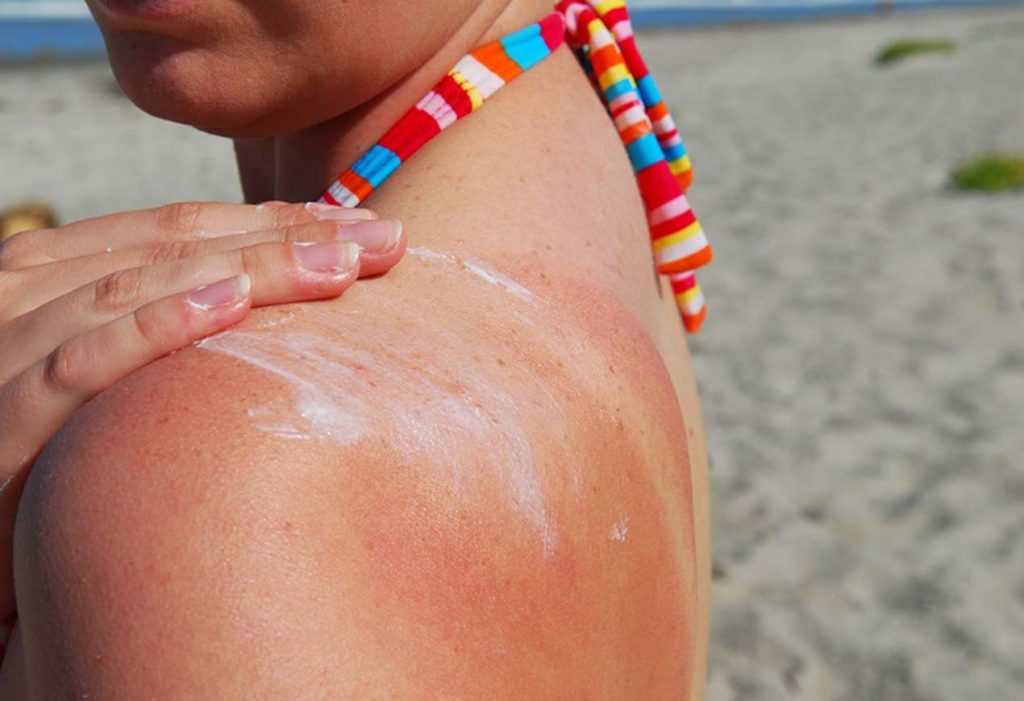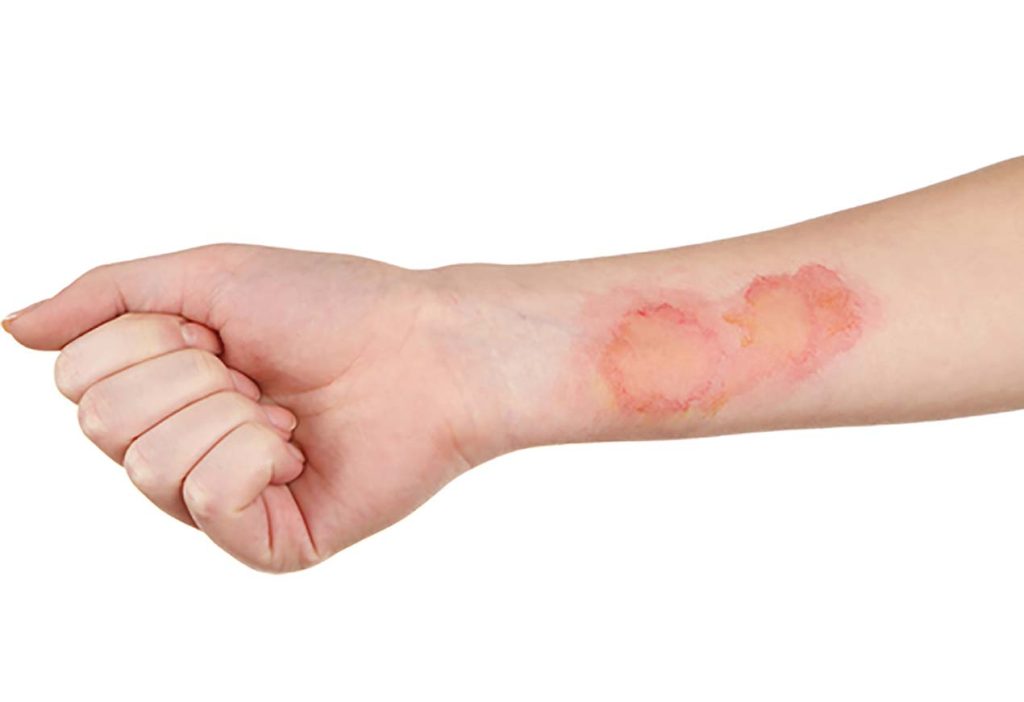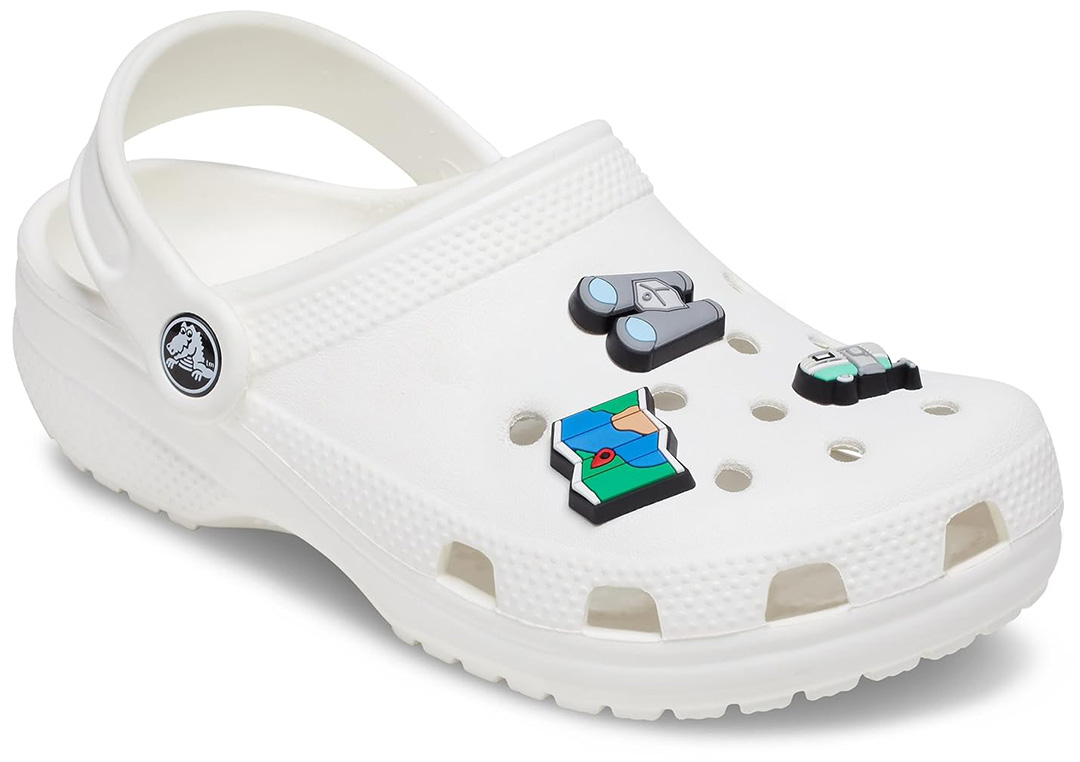
Sunburn can be a painful and uncomfortable experience, and the resulting peeling skin can be confusing for many. We’ll delve into the reasons behind this phenomenon and provide valuable insights on how to reduce peeling and promote healing.
What Happens to Skin When It Gets Burned?

We all love spending time outdoors, soaking up the sun’s warm rays. However, prolonged exposure to the sun without proper protection can lead to sunburn, a condition where the skin becomes red, tender, and painful. But what exactly happens to our skin when it gets burned?
When your skin is exposed to the sun’s ultraviolet (UV) rays, it triggers a defense mechanism. The body releases melanin, a pigment responsible for skin color, to absorb and protect against the harmful UV radiation. This is what gives your skin a tan. However, if the exposure is excessive, the UV rays can damage the DNA in your skin cells.
Sunburn occurs as a result of this DNA damage. Your body responds by increasing blood flow to the affected area, leading to redness and inflammation. The damaged cells begin to produce inflammatory chemicals, causing pain, tenderness, and swelling.
When a Burn Takes a Turn:

One of the most common after-effects of sunburn is peeling skin. This usually occurs a few days after the initial burn and is the body’s way of shedding damaged skin cells. But why does your skin peel after sunburn?
Peeling is a natural part of the healing process. When your skin gets burned, the top layer of skin cells becomes damaged and needs to be replaced. As new skin cells are produced underneath, the damaged cells on the surface begin to separate and eventually peel off.
Peeling is often accompanied by itchiness and dryness, as the damaged skin loses moisture. It’s important to resist the temptation to peel or pick at the skin, as it can lead to further damage, scarring, and increase the risk of infection.
What Not to Do:
When dealing with sunburn and peeling skin, it’s essential to know what not to do to prevent further damage and promote healing:
Avoid further sun exposure:
After getting sunburned, it’s crucial to protect your skin from further sun exposure. Stay indoors or seek shade, especially during peak hours when the sun is strongest.
Don’t peel or pick at the skin:
As tempting as it may be, resist the urge to peel or pick at your peeling skin. Let the skin shed naturally to avoid causing further damage and potential scarring.
Avoid harsh skincare products:
During the healing process, opt for gentle skincare products without harsh chemicals or fragrances. Avoid exfoliating or abrasive treatments that can irritate the sensitive, sunburned skin.
Don’t use ice or very cold water:
Applying ice or very cold water directly to sunburned skin may provide temporary relief, but it can also worsen the damage. Stick to cool baths or showers instead.
What Should I Do About It?
To promote healing and alleviate discomfort, here are some steps you can take to care for your sunburned, peeling skin:
Hydrate:
Drink plenty of water to stay hydrated and moisturize your skin from within. Apply a gentle, hydrating moisturizer to your skin to help soothe dryness and reduce itchiness.
Use aloe vera:
Apply aloe vera gel or aloe vera-based products to the affected areas. Aloe vera has soothing properties that can help alleviate pain and inflammation associated with sunburn.
Take over-the-counter pain relievers:
If you’re experiencing discomfort, you can consider taking over-the-counter pain relievers such as ibuprofen or aspirin. Follow the instructions and consult a healthcare professional if needed.
Consult a healthcare professional:
If your sunburn is severe, accompanied by symptoms like blistering, severe pain, fever, or infection, it’s important to seek medical attention. A healthcare professional can provide proper assessment and treatment options.
Remember, prevention is always better than cure. Protect your skin by wearing sunscreen with a high SPF, seeking shade, and wearing protective clothing when exposed to the sun. However, if you do get sunburned and experience peeling skin, follow these guidelines to promote healing and avoid further damage. Take care of your skin, and it will thank you by maintaining its health and radiance.
Understanding the process of sunburn and why our skin peels after sunburn is essential for proper care. By knowing what not to do and following the recommended steps for healing, you can effectively manage sunburn and promote healthy, rejuvenated skin.


